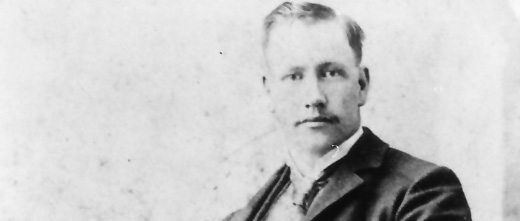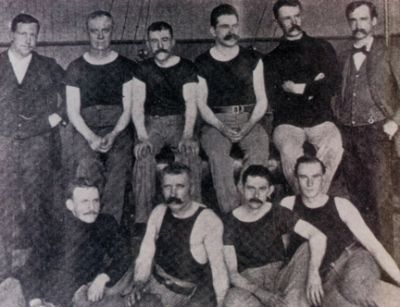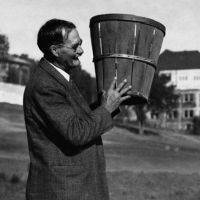Primary Source
Volley Ball is a new game which is pre-eminently fitted for the gymnasium or the exercise hall, but which may also be played out-of-doors. Any number of persons may play the game. The play consists of keeping a ball in motion over a high net, from one side to the other, thus partaking of the character of two games — tennis and hand ball.
Play is started by a player on one side serving the ball over the net into the opponents' field or court. The opponents then, without allowing the ball to strike the floor, return it, and it is in this way kept going back and forth until one side fails to return it or it hits the floor. This counts a "score" for one side, or a "server out" for the other, depending on the side in point. The game consists of nine innings, each side serving a certain number of times, as per the rules, per inning.
Quoted in Official Handbook of the Young Men's Christian Associations of North America (n.p., 1987).





